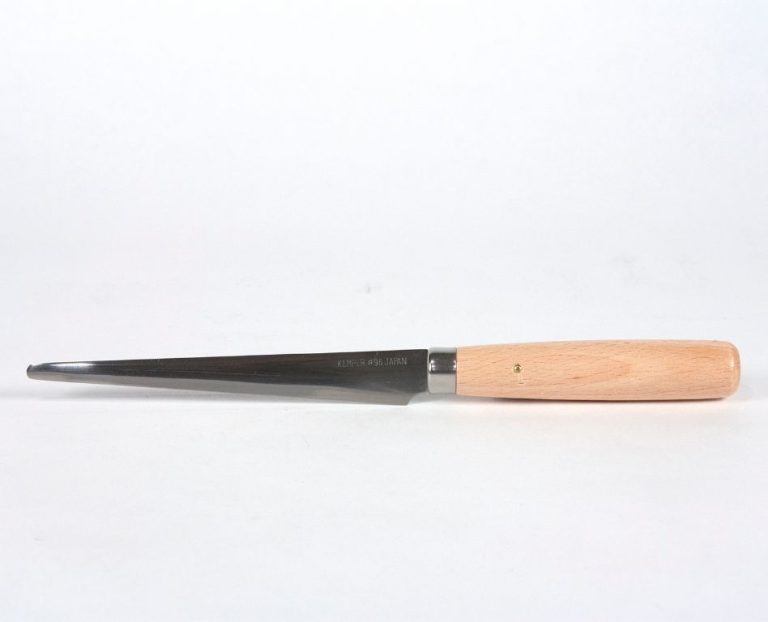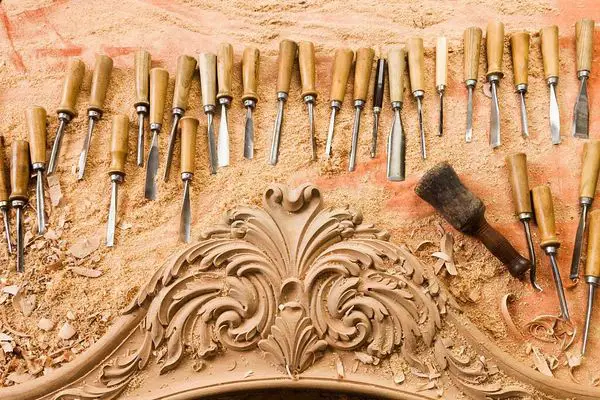How Do You Bring Dry Clay Back To Life?
Clay is an extremely versatile art material used for pottery, sculpture, and more. However, without proper care, clay can lose moisture over time and become dried out and difficult or impossible to work with. This leaves clay artists and sculptors with hard, cracked blocks of clay rather than the smooth, malleable material they started with.
The good news is that with a little effort, dried out clay can be rehydrated and restored to a workable consistency. It simply needs moisture worked back into it gradually. While dried clay may never fully return to its original fresh state, with some techniques and care it can be revived enough to use again in projects.
Assess the Dryness
Before reviving dry clay, take some time to assess how dried out it is. Check the clay thoroughly for any cracks or fissures on the surface or inside, which indicate a high degree of dryness. Try bending or squeezing a small piece of the clay in your hands. If it feels completely hard and stiff, with no pliability at all, the clay is extremely dried out. If the clay has some pliability but feels quite firm, it still retains some moisture but is on the drier side. The hardness and brittleness are key factors in determining the level of dryness.
Remoisten in Small Batches
When reviving dry clay, it’s best to only rehydrate what you plan to immediately use. Taking the time to moisten the entire block risks drying the clay out again if left unused. Work in small batches instead.
For example, if you need clay for a small sculpting project, only cut off what you estimate you’ll require. Try starting with a lump the size of a tennis ball. You can always moisten more as needed if you run low.
This approach prevents needlessly rewetting clay that may sit for awhile before getting used. Just be sure to tightly wrap up any unused dry clay to prevent additional moisture loss.
Use Water
The easiest and most effective method for rehydrating dried clay is by adding water. To evenly distribute moisture throughout the clay, avoid pouring water directly onto it. Instead, try misting the clay with a spray bottle or soaking it in a container of water to allow it to slowly absorb liquid.
Start with small amounts of water, as too much at once can over-saturate the clay. Lightly spray or soak the clay for 10-15 minutes, then knead it to check its consistency. If still too dry, repeat the process until the clay feels pliable. Be patient, as completely rehydrating clay can take hours. Theclay will darken and feel cool as it absorbs water.
Use distilled or filtered water, as tap water may introduce minerals that affect the clay color or performance. Avoid soaking fragile clay in very hot water, as this can shock and break down the composition. Patience and gradually reintroducing water is key to reviving dried clay.
Consider Clay Softener
Add a few drops of clay softener while rehydrating extremely dried out clay. Most polymer and natural clays respond well to softeners, which help break the bonds between clay particles so they can more readily absorb moisture. Clay softeners help prepare stubborn, dried out clay for reshaping.
Glycerin and liquid polymer clays act as softeners. A few drops and some kneading can restore the plasticity of very dry clay. Too much softener though can make clay sticky and prevent it from fully hardening. Start with only 2-3 drops per 1/4 cup of clay and add more as needed.
Vinegar or lemon juice can also help soften polymer clay. Their acids break down bonds between particles. Use sparingly though, as too much acid can degrade clay over time. Baking soda mixed into the clay neutralizes acid after reviving the clay.
For natural clays like potter’s clay, consider commercial clay softeners. Or make your own by mixing a small amount of vinegar, olive oil, glycerin, or mold inhibitor like potassium sorbate into the clay as you knead it.
Knead the Clay
Once you’ve added water or clay softener and allowed it to soak in for a few minutes, it’s time to knead the clay. Kneading helps to evenly distribute the moisture throughout the clay. Start by gathering the clay into a ball. Then push down into the clay ball with the palm of your hand and fold the clay over itself. Continue kneading for several minutes, folding the clay over itself again and again. The motion of kneading will help the water penetrate into the clay. Keep kneading until the clay feels smooth, elastic, and malleable. If the clay is still crumbly, add a bit more water or softener and knead for a few more minutes. With sufficient kneading, you’ll bring the clay back to a workable state.
Check Consistency
After kneading the clay for a few minutes, check the consistency to determine if it has become malleable again. Pick up a small piece of clay and roll it into a ball between your hands. Press on the ball lightly with your finger – it should indent slightly but still hold its shape. If the clay is still too stiff and crumbly, sprinkle on more water, a little at a time, and knead thoroughly until softened. The clay is ready for use when it reaches a smooth, pliable texture that doesn’t crack when shaped. Be careful not to add too much water as this can make projects difficult to dry and fire properly. Check the clay batch by batch as you rehydrate to ensure ideal consistency before moving on to your next clay project.
Store Properly
Once your clay has been revived and brought back to the proper consistency, you’ll want to ensure it stays moist and workable. The best way to do this is to store it in an airtight container. Plastic bags or plastic containers with tight lids work well for sealing in moisture.
Exposure to air causes clay to dry out, so minimizing air exposure is key. Make sure the container is fully closed and sealed. You may want to store the clay in a larger sealed bin or cabinet, to protect it from temperature and humidity fluctuations as well.
Storing reconstituted clay properly allows it to maintain its moisture and keep its ideal texture. With the clay sealed in an airtight container, you can take out portions as needed for projects over time without it drying out.
Consider Alternatives
Some very dry clay may never fully rehydrate no matter what methods are tried. If you’ve attempted the steps above and your clay still seems too dry and brittle, it may be time to consider alternatives.
One option is to use the dry clay for other craft purposes besides sculpting. For example, you can crush it up to make textured paint, or glue pieces onto another project as embellishments. You can also try mixing some of the dry clay in with a fresh batch of moist clay when making new creations.
Alternatively, you may need to simply discard the overly dry clay if it cannot be salvaged. Clay is relatively inexpensive, so purchasing a new block or bag is likely the easiest solution if your current clay cannot be rehydrated.
While it’s disappointing to lose clay to over-drying, sometimes it just cannot be avoided. Take it as a lesson for the future, and invest in some clay softener or better clay storage to help prevent excess dryness next time.
Conclusion
Reviving dry clay requires patience and care, but it’s worth the effort. The key steps are to rehydrate the clay slowly in small batches, kneading it thoroughly as you go. Adding a few drops of clay softener can help the clay absorb moisture. Once the clay reaches the desired consistency, store it properly to prevent drying out again. Wrapping the clay in plastic or transferring it to an airtight container will help retain moisture.
The rehydration process allows you to save money on clay and reduce waste. Properly stored clay will stay fresh and usable for your next project. With the right techniques, you can bring dry and hardened modeling clay back to its smooth, pliable form. Your revived clay will be ready for sculpting anything you can imagine.




